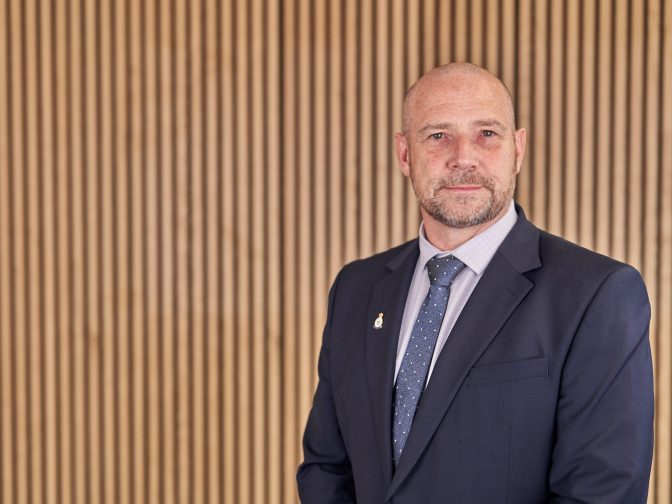
On 8 May 2024, independent think tank Localis will publish a new research report ‘Design for life: The smart regeneration journey to 2030’, sponsored by Norse Group.
The publication is the result of extensive consultation and collaboration with council officers, independent experts, and stakeholders from across the public sector in the form of research roundtables, interviews, and workshops.
Aligning with Norse Group’s mission to deliver the spaces and services that communities need to thrive, ‘Design for life’ presents a comprehensive blueprint for urban regeneration up to 2030, infused with the spirit of neo-localism. Aimed at senior officials in central and local government, along with built environment professionals, the report demystifies how the five pillars of sustainable regeneration—place leadership, financial capability, net zero and climate change, roles of the private and third sectors, and health and wellbeing—can reshape urban areas to be more resilient and vibrant.
At the heart of the ‘Design for life’ report is neo-localism, a progressive approach that champions localised decision-making against the backdrop of global pressures. This philosophy doesn’t merely prioritise economic growth; it emphasises a balanced enhancement of all aspects of life, integrating family, culture, and community into economic strategies. For policymakers, this means a shift towards a broader developmental outlook, considering socio-economic and cultural dimensions equally.
The five pillars of sustainable regeneration
The report highlights five strategic pillars essential for rethinking urban development:
1. Place leadership: Effective place leadership involves empowering local leaders to shape the futures of their communities. This pillar focuses on developing leadership capacities and frameworks that allow for a deep understanding of local needs and the creation of bespoke development strategies.
2. Financial capability: Building financial models that sustain long-term investments in local economies is crucial. This involves not only securing funding but also innovating financial mechanisms that support sustainable development projects, from infrastructure to public services.
3. Net zero and climate change: Addressing climate change is no longer optional but a necessity. This pillar emphasises developing strategies that align with net zero targets, incorporating sustainable practices and technologies to minimise environmental impact while enhancing urban liveability.
4. Roles of the private and third sectors: Collaboration across the private and third sectors is vital for comprehensive urban regeneration. This involves leveraging the strengths of each sector to foster innovation, drive economic development, and address social challenges effectively.
5. Health and wellbeing: The wellbeing of residents is fundamental to the success of urban areas. This pillar focuses on creating environments that promote physical and mental health, ensuring that urban development also translates into quality-of-life improvements.
Strategic implementation for government and professionals
For government officials, local and national, the challenge lies in translating the insights from the ‘Design for life’ report into actionable strategies. This requires not only a commitment to integrating these pillars into local and national policies but also an investment in capacity building and education to equip local leaders with the necessary tools and knowledge.
By aligning master planning and infrastructural developments with the principles of sustainable regeneration, built environment professionals can help bridge the gap between policy and practice, ensuring that the built environment supports broader societal goals.
The collaboration between Localis and the Norse Group on the ‘Design for life’ report exemplifies our joint dedication to nurturing sustainable communities via strategic urban renewal. As we approach 2030, adopting neo-localist principles and embedding the five pillars of sustainable regeneration into our urban planning and development is crucial.
We are proud to support this pivotal work, which not only deepens our understanding of these critical areas but also catalyses meaningful change in the places we inhabit. The report serves as more than just a guideline for senior officials and professionals in urban development; it acts as a visionary call to action. It prompts us to reimagine our approach to urban design and management, aiming for solutions that are not only economically viable but also socially and environmentally resilient.
By emphasising place leadership, financial capability, climate action, sectoral roles, and health, we are poised to transform cities, towns, and metropolitan areas into spaces that are well-suited for the future—spaces that offer vibrant, healthy, and sustainable environments for all inhabitants.


